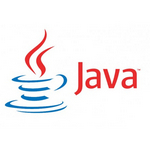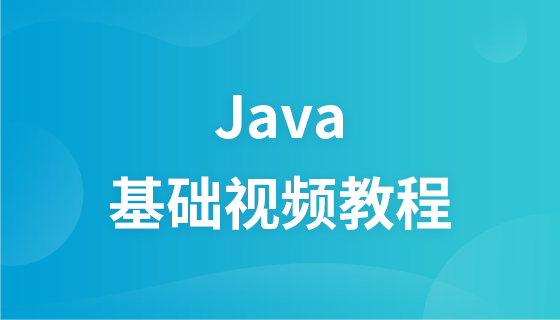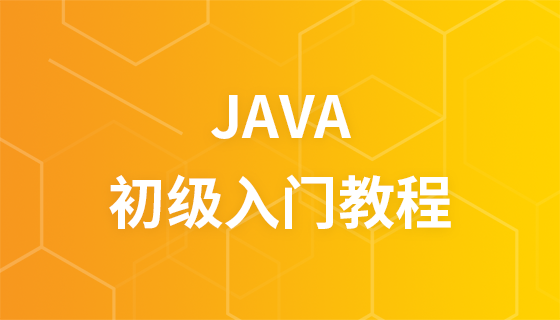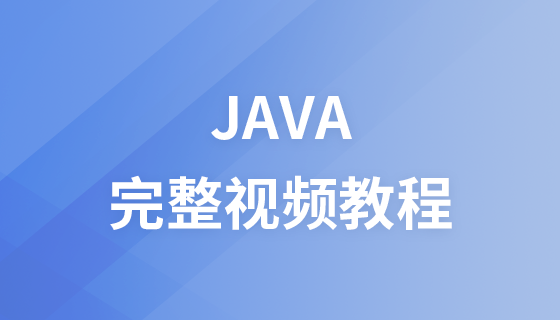
首先,char为java的基本类型,基本类型所占的字节数是固定的,如int占4字节,double占8字节,这可以使得java在不同的平台上所占类型固定,很好地保证了java的可移植性。因此,java中char类型固定占2个字节。(注:char类型也可以存储一个汉字)。
其次,String采用一种更灵活的方式进行存储。在String中,一个英文字符占1个字节,而中文字符根据编码的不同所占字节数也不同。在UTF-8编码下,一个中文字符占3个字节;而使用GBK编码时一个中文字符占2个字节。
测试代码如下:
import java.io.UnsupportedEncodingException;
public class StrTest {
public static void main(String[] args) throws UnsupportedEncodingException {
String str1 = "hello";
String str2 = "你好abc";
System.out.println("utf-8编码下'hello'所占的字节数:" + str1.getBytes("utf-8").length);
System.out.println("gbk编码下'hello'所占的字节数:" + str1.getBytes("gbk").length);
System.out.println("utf-8编码下'你好abc'所占的字节数:" + str2.getBytes("utf-8").length);
System.out.println("gbk编码下你好'你好abc'所占的字节数:" + str2.getBytes("gbk").length);
}
}输出结果:
utf-8编码下’hello’所占的字节数: 5 gbk编码下’hello’所占的字节数: 5 utf-8编码下’你好abc’所占的字节数: 9 gbk编码下你好’你好abc’所占的字节数: 7
由此可见,对也String来说,一个英文字符固定占1个字节,而中文字符占2个(GBK编码)或3个(UTF-8编码)字节。也可使用此方法查看其它编码的情况,此处不再一一赘述。
立即学习“Java免费学习笔记(深入)”;
最后,基于String的这种特性,可以判断一个字符串中是否包含中文,举例如下:
public class StrTest {
public static void main(String[] args) throws UnsupportedEncodingException {
searchChineseCharacter("Good morning");
searchChineseCharacter("hello 早上好");
}
//找出一个字符串中的汉字
public static void searchChineseCharacter(String str){
//正则表达式,用于匹配中文字符
String regex = "[\u4e00-\u9fa5]";
//如果str的长度和其所占字节数不等,说明包含中文
if (str.length() != str.getBytes().length){
Pattern pattern = Pattern.compile(regex);
Matcher matcher = pattern.matcher(str);
System.out.print("'" + str + "' 中的汉字为:");
while (matcher.find()){
System.out.print(matcher.group());
}
}
else {
System.out.println("'" + str + "' 中无汉字");
}
}
}输出结果:
‘Good morning’ 中无汉字 ‘hello 早上好’ 中的汉字为:早上好
推荐教程:java入门教程
以上就是java中字符串占几个字节的详细内容,更多请关注php中文网其它相关文章!

java怎么学习?java怎么入门?java在哪学?java怎么学才快?不用担心,这里为大家提供了java速学教程(入门到精通),有需要的小伙伴保存下载就能学习啦!




Copyright 2014-2025 https://www.php.cn/ All Rights Reserved | php.cn | 湘ICP备2023035733号